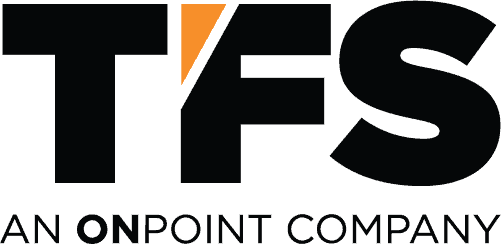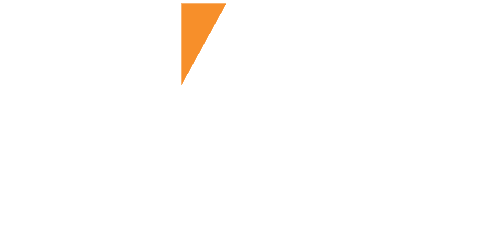 As we all know, the pandemic has taken a toll on many businesses. If you’re facing pressure to slash costs, you’re not alone. And, if you’re like most execs, you’ve pored over your supply chain costs, looking for cost-cutting opportunities. It’s great that most companies have eliminated waste from their line items—unless your annual review rests on cutting costs. Then, it can feel like you’re trying to squeeze blood from a stone. The upside is that there are effective ways to take the fiscal sting out of the supply chain–you just have to know where to look.
As we all know, the pandemic has taken a toll on many businesses. If you’re facing pressure to slash costs, you’re not alone. And, if you’re like most execs, you’ve pored over your supply chain costs, looking for cost-cutting opportunities. It’s great that most companies have eliminated waste from their line items—unless your annual review rests on cutting costs. Then, it can feel like you’re trying to squeeze blood from a stone. The upside is that there are effective ways to take the fiscal sting out of the supply chain–you just have to know where to look.
Some money-saving strategies are more obvious than others. When it comes to transporting goods throughout a supply chain, however, there are advantages to taking a smarter, more energy-efficient approach to the assets that keep things moving. For example, material handling is a top 3 expense, yet it’s often overlooked.
We’ll expand more on that in a second. First, here are some top areas to explore when cutting down on supply chain expenses:
Transportation: Moving goods up and down the supply chain is easily one of the most costly parts of an operation, and rising fuel prices aren’t helping. Often, the key is consolidation. Can you consolidate shipments more than you already have? In the same way your purchasing department has consolidated vendors, it can pay to consolidate shippers. The current market challenges of trucking capacity, rising LTL rates, etc., are making this less of an opportunity for cost savings today–as a matter of fact, it may be a net increase per pallet/each thru 2021.
Double-check your contracts: Market conditions have changed dramatically; while many commodities are seeing pricing rise, others are actually falling. Are you aware of where your opportunities lie, especially as your volume purchasing may have increased for some products/suppliers? It never hurts to revisit your supplier contracts to see if there are opportunities to renegotiate. The key is not to demand price reductions or argue for unfair arrangements, but to collaborate with suppliers on ways to save costs while keeping the relationship viable for both sides. For example, maybe it’s time to tweak contracts so they are based on peak commodity, material, and labor costs. Now is the time to talk and get creative.
Re-evaluate “low performer SKUs”: As market power moves from supplier to consumer, many of us have tried to solve this with SKU proliferation. The problem–most of us still see an 80/20 rule on inventory turns or the front end of the business pushes us to hold onto SKUs based on “gut,” rather than data.
The “Supply Chains to Admire” data shows us that inventory turns are lower than 10 years ago, so most of us have an inventory problem at some level. Consider cutting low-performing SKUs and unprofitable customers out of your equation. Of course, the idea isn’t to ditch products and consumers without good cause, but to build the case with numbers, review the data, and see if your bottom line is healthier with (or without) certain elements. Again, market trend changes provide a new opportunity to re-approach this.
Rethink Your Distribution Strategy: Hub and spoke? Last-mile investments? Consolidation of some of your DCs? Leveraging a third party for peak demand? If you aren’t thrilled with your current “bricks and mortar” framework, you need to spend time here. A quick way to do this:
- Write down your current state – In other words, detail your overall distribution philosophy, where are your bricks/mortar, what assets do you have?
- Write down your ideal state – Base it around current/future customer expectations, including your channel partners.
- Gaps – What’s missing in your current state?
- Next steps – Build the plan, and be reasonable about timing. This isn’t something that changes on a dime.
Don’t forget your material handling equipment: At your high throughput distribution centers, this is a Top 3 cost after labor and rent/lease. It is also an area that can have negative cascading effects across your operation if done poorly–which means it is typically an area that logistics and supply chain professionals don’t like to mess with. We’d challenge you on this–how can you afford NOT to look at an area that has historically had waste? Mis-specified equipment, equipment that no longer meets application needs, wrong processes for an application, etc., are all serious drags on your pallet/each throughput and overall operational health.
After all, how can you beat the competition with material handling processes and equipment that were implemented years ago? Plus, if you get it right, you typically take cost out of your facility while IMPROVING it with newer equipment, delighting your operations! At TFS, we typically find a 15% save in the first year.
Consider an onsite assessment with an application engineering team as a next step, or consider an outsource partner that works on-site at your behest.
These are trying times for all companies. Any chance to reduce operational costs cannot be ignored — particularly when it comes to managing your goods. Here’s where wielding data and real-time operational insights to your advantage can help you hone in on the strategies, equipment, and partners that will keep your budget in check.

